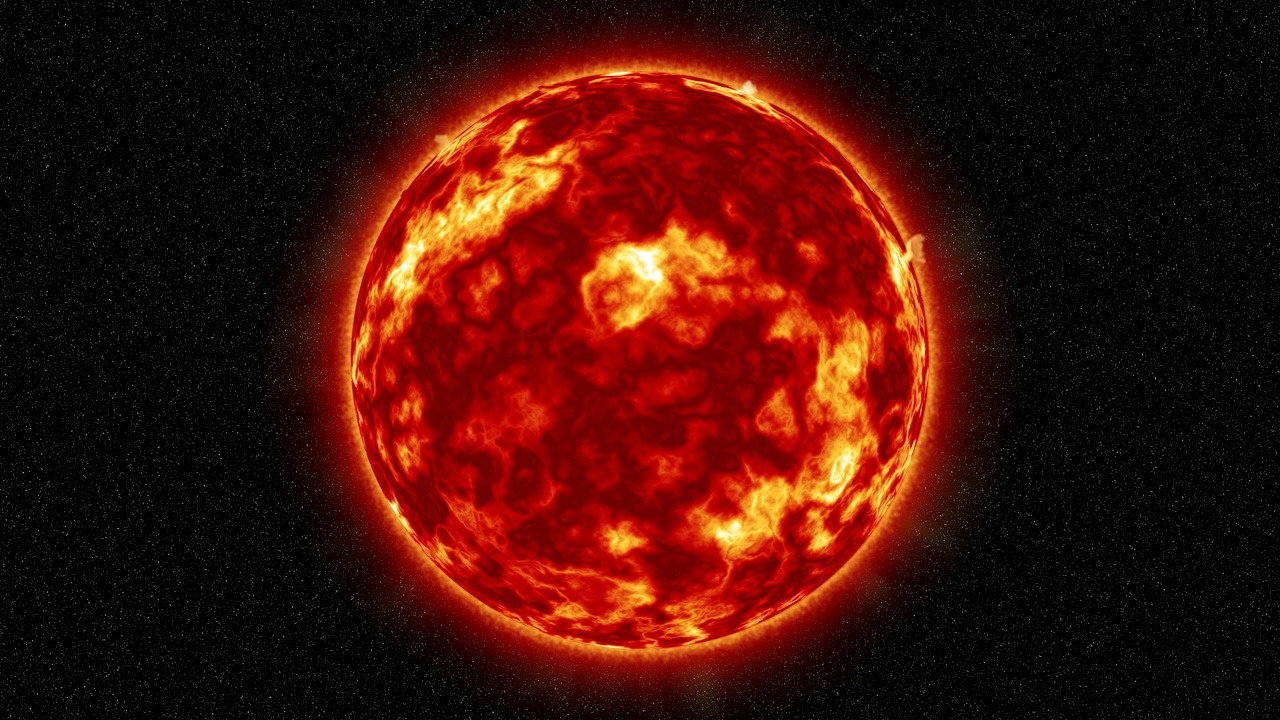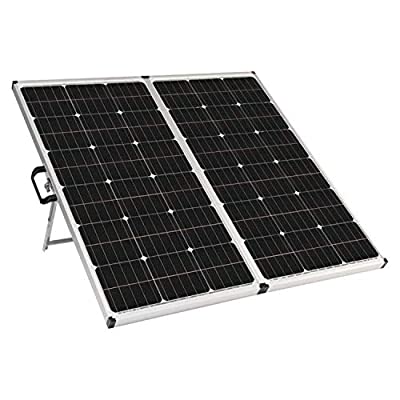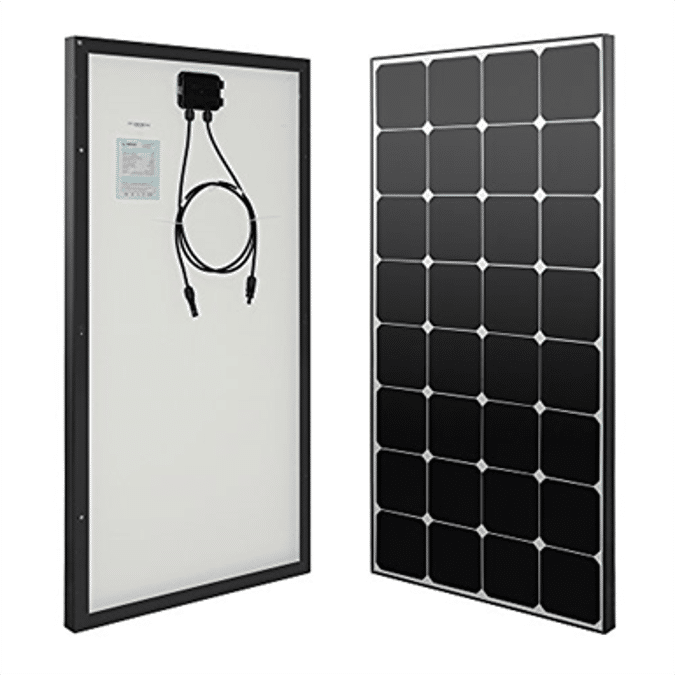The amount of solar energy that reaches the surface of the Earth is variable, oscillating according to seasons and geographic latitude. The amount of solar energy reaching the surface in any particular location depends on many factors, including the time of day, the season, and the latitude.
At latitudes greater than about 30° north or south, solar radiation is not strong enough to directly heat anything from space. However, since the temperature of our atmosphere rises with increasing altitude and at higher latitudes there is less insulating air between the ground and outer space, most of the infrared light reaching those regions still gets absorbed by it.
What is the world’s total solar energy production?
The annual production of solar energy on the Earth is roughly 3586 exabytes (EB) per year, or about 3.58 × 10^15 BTU. The world’s total production of solar energy for the year 2013, based on the results of the National Renewable Energy Surveys in many countries, is estimated at 3366 EB.
This estimate assumes that the average insolation on the Earth’s surface is about 3400 W/m, which is a reasonable estimate given the data from the Earth’s surface and from space.
The mean Earth-normal sunlight intensity at the top of Earth’s atmosphere is roughly 4 W/m, and the solar energy reaching the ground at the equator is around 2700 W/m. This means that the mean solar energy at the surface of the Earth is around 2500 W/m and the mean solar energy reaching the top of the atmosphere at the equator is around 850 W/m. At higher latitudes, the sunlight is weaker and the amount of solar energy reaching the ground is also reduced.
The amount of solar energy that reaches the surface of the Earth is variable, oscillating according to seasons and geographic latitude. The amount of solar energy reaching the surface in any particular location depends on many factors, including the time of day, the season, and the latitude. At latitudes greater than about 30° north or south, solar radiation is not strong enough to directly heat anything from space.
However, since the temperature of our atmosphere rises with increasing altitude and at higher latitudes there is less insulating air between the ground and outer space, most of the infrared light reaching those regions still gets absorbed by it.
How much solar energy does the Earth get?
The annual production of solar energy on the Earth is roughly 3586 exabytes (EB) per year, or about 3.58 × 10^15 BTU. This means that the Earth receives the solar energy equivalent of 3.58 × 10^15 BTU of heat from the sun each year.
This heat is roughly equivalent to the amount of energy that is produced by all the coal and natural gas combined in the Earth’s crust. The solar energy received by the Earth’s atmosphere and surface also causes evaporation of water from the surface of the Earth, creating clouds and precipitation.
The Earth’s mean annual insolation is only a little more than 1000 W/m, or roughly the amount of solar energy that is required to keep the Earth at a mean temperature of 14 °C. The mean temperature of the Earth’s surface depends on numerous factors, including the amount of incoming solar energy, the insolation, the albedo (reflectivity of the surface), and the heat capacity of the air, soil, and other materials at the surface.
However, it can be estimated that the Earth’s heat capacity is about five times larger than what is required to keep the Earth at a mean temperature of 14 °C. The excess heat is dissipated into space, with only a very small amount of it remaining in the system.
How much solar energy does each country get?
The world’s annual production of solar energy is a very rough estimate, since it depends on the insolation of the entire surface of the world. For example, the deserts of the Arabian Peninsula receive a very small amount of solar radiation, contributing little to the overall production of solar energy.
The production of solar energy in the Arabian peninsula is insignificant, compared to the production of solar energy in the Americas, Asia, Africa, and Europe. Additionally, the insolation on the Earth’s surface depends on the position of the observer — if you are on the equator, far from any mountains, you will receive a lot less solar radiation than if you are on a mountain top near the equator.
The insolation of any particular location depends on many factors, including the time of day, the season, and the latitude. At latitudes greater than about 30° north or south, solar radiation is not strong enough to directly heat anything from space.
However, since the temperature of our atmosphere rises with increasing altitude and at higher latitudes there is less insulating air between the ground and outer space, most of the infrared light reaching those regions still gets absorbed by it.
How much solar energy does the world get?
The annual production of solar energy on the Earth is roughly 3586 exabytes (EB) per year, or about 3.58 × 10^15 BTU. This means that the Earth receives the solar energy equivalent of 3.58 × 10^15 BTU of heat from the sun each year.
This heat is roughly equivalent to the amount of energy that is produced by all the coal and natural gas combined in the Earth’s crust. The solar energy received by the Earth’s atmosphere and surface also causes evaporation of water from the surface of the Earth, creating clouds and precipitation.
The Earth’s mean annual insolation is only a little more than 1000 W/m, or roughly the amount of solar energy that is required to keep the Earth at a mean temperature of 14 °C. The mean temperature of the Earth’s surface depends on numerous factors, including the amount of incoming solar energy, the insolation, the albedo (reflectivity of the surface), and the heat capacity of the air, soil, and other materials at the surface.
However, it can be estimated that the Earth’s heat capacity is about five times larger than what is required to keep the Earth at a mean temperature of 14 °C. The excess heat is dissipated into space, with only a very small amount of it remaining in the system.
Conclusion
The Earth receives only a small amount of solar energy, and the amount received is also greatly reduced by the presence of clouds. However, there are many ways to collect and use solar energy, for example through photovoltaic panels and thermal energy storage.
This has led to the development of solar power stations, and more recently, the large-scale use of solar panels in the form of photovoltaic power generation.
The sun is the source of solar energy, but the Earth is where it’s used for many useful purposes. It is important to remember that solar energy is only available during daytime, and that it is not available all the time. When night falls, the Earth’s surface is no longer illuminated by the sun and will receive no energy from it.





